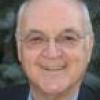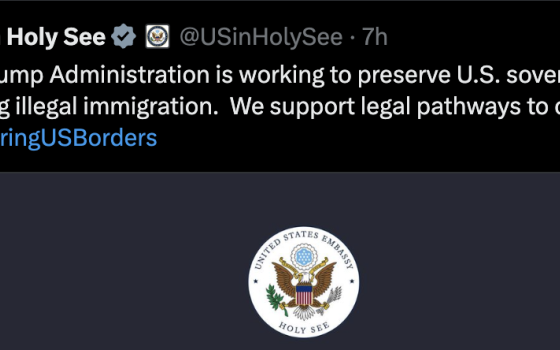If anyone wonders why the Catholic church presents such a different face to the world and to the Body of Christ today in comparison with the world and the church of the 1960s and 1970s, we need look no further than the extraordinarily abbreviated pontificate of John Paul I.
To appreciate the significance of that brief pontificate, the eleventh shortest in the history of the church, one must have some sense of the mark left by John Paul I's predecessor, Paul VI.
Although Humanae Vitae, the birth-control encyclical, cast a dark shadow over his entire 15-year pontificate, the pope had many other pastoral achievements to his credit before and after the release of that document in July 1968.
In that year, he instituted the annual observance of the World Day of Peace, which is still celebrated on Jan. 1, and in 1970 elevated both St. Teresa of Ávila and St. Catherine of Siena to the status of Doctors of the Church, the first women to be so recognized.
He fixed the retirement age for priests and bishops at 75 and decreed that cardinals over the age of 80 should not participate in papal elections, and he also determined that the maximum number of cardinal-electors could not exceed 120.
Pope Paul VI convened and presided over four international synods of bishops and continued John XXIII's example of enlarging and internationalizing the College of Cardinals.
In the last year of his life, he was profoundly shaken by the kidnapping and murder of his close friend, Aldo Moro, former prime minister of Italy. Indeed, Paul VI's last public appearance was to preside at Moro's funeral in the basilica of St. John Lateran, the pope's cathedral church.
Paul VI died of a heart attack at Castel Gandolfo Aug. 6, 1978, the feast of the Transfiguration. He had planned his own funeral. His coffin was at ground level, surmounted not by the papal tiara nor even by a miter or stole, but by the open book of the Gospels that fluttered in the light breeze across St. Peter's Square.
His successor was the Patriarch of Venice, Albino Luciani, who was the first pope to take a double name, to honor, he said, the pope (John XXIII) who had ordained him a bishop and who preceded him as Patriarch of Venice, and the pope (Paul VI) who had named him a cardinal.
In his remarks just before he gave the traditional Sunday blessing from the window of the Apostolic Palace (it was Aug. 27, the day after his election), he pointed out to the enthusiastic crowds below in St. Peter's Square, "Be sure of this: I do not have the wisdom of heart of Pope John. I do not have the preparation and culture of Pope Paul."
John Paul I was not only the first pope to take a double name; he was also the first pope in more than a thousand years to refuse to be crowned with the triple tiara.
Late in the evening of Sept. 28, John Paul I died of a heart attack while reading in bed. The Romans had taken such a liking to this humble, smiling pope that they reacted more emotionally to his death than they had to Pope Paul VI's only two months earlier.
The cardinal-electors rushed back to Rome in virtual shock, determined to elect someone with the necessary physical vigor to bear the burdens of the office.
The assumption was that the new pope would be another Italian, as had been the case for the past four centuries and a half. The leading candidate, Cardinal Giovanni Benelli, archbishop of Florence, had spent many years in the Roman Curia and, in the process, had made some enemies. There was also some resentment of the key part he had played in the election of John Paul I.
Although Cardinal Benelli received the most votes on the early ballots, he could not reach the required two-thirds necessary for election and his support began to wane. The cardinals then turned to the 76-year-old Cardinal Carlo Columbo, archbishop of Milan, but he announced that he would not accept election.
This left the Italians without a viable candidate, and so for the first time since 1522 they elected a non-Italian, Cardinal Karol Wojtyla of Poland, who took the name John Paul II.
Although he would do many good things in the 26 and a half years he occupied the office, John Paul II's appointments to, and within, the hierarchy were not among them.
And that is the main reason why the Catholic church is experiencing such difficulty today.
© 2009 Richard P. McBrien. All rights reserved. Fr. McBrien is the Crowley-O'Brien Professor of Theology at the University of Notre Dame.


